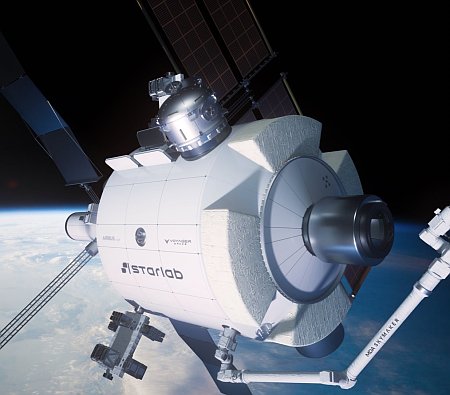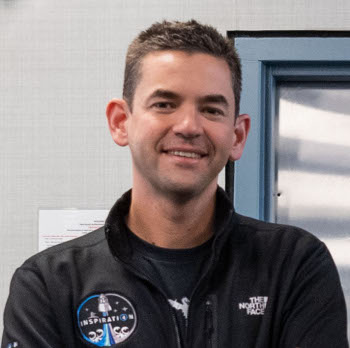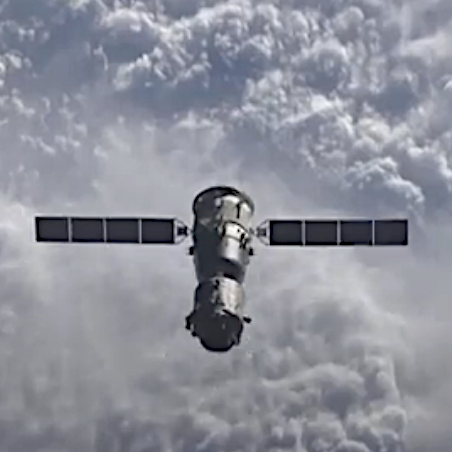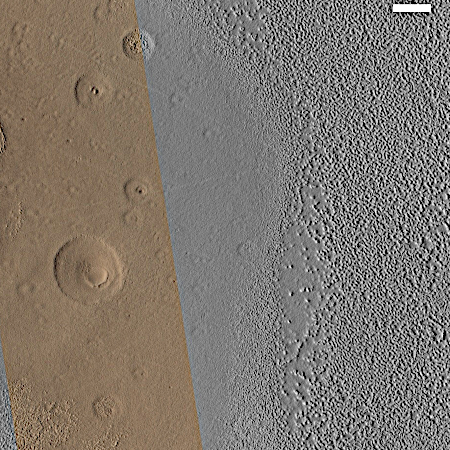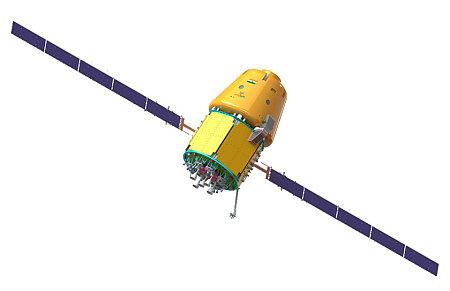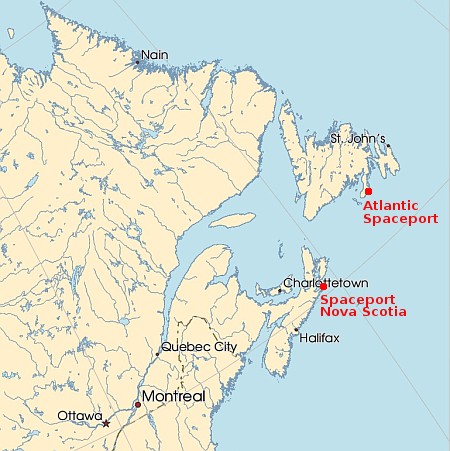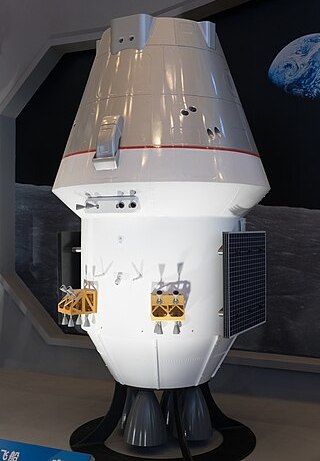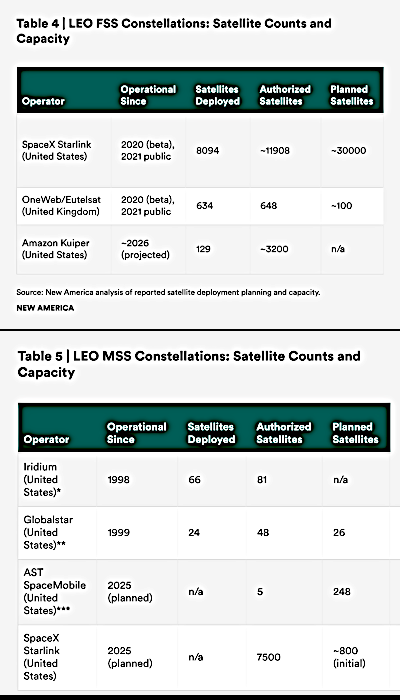November 6, 2025 Quick space links
Courtesy of BtB’s stringer Jay. This post is also an open thread. I welcome my readers to post any comments or additional links relating to any space issues, even if unrelated to the links below.
- The utility providing power to Russia’s Vostochny spaceport has cut off service due to chronic non-payments
Spaceport officials say the power cuts do not affect “strategic” sites or the construction of the Angara facilities but that doesn’t make sense. As Jay notes, “They want a new space station, but they can’t pay their own bills?”
- Japanese amateur astronomer detects the flash of new impact on the Moon
The impact occurred on November 1, 2025 on the Moon’s night side.
- A graph showing the schedule of eight manned-related missions India hopes to launch through 2029
The first three are unmanned Gaganyaan test flights, followed by manned missions of increasing complexity, with the last few involving its proposed space station.
- On this day in 1971, Europe’s first attempt at an orbital launch vehicle, Europa, launched for the last time
The tweet also notes that the launch was a failure, just like the three previous Europa launches.
- Firefly acquires the national security firm SciTec
The company’s recent acquisitions have all been aimed at diversifying its capabilities in the direction of military contracts. Nor has Firefly been alone in this. It appears the space industry now sees defense as a future big profit center.
- Starlink rolls new reduced prices for roaming plans in Europe
The price drop is about 40%
Courtesy of BtB’s stringer Jay. This post is also an open thread. I welcome my readers to post any comments or additional links relating to any space issues, even if unrelated to the links below.
- The utility providing power to Russia’s Vostochny spaceport has cut off service due to chronic non-payments
Spaceport officials say the power cuts do not affect “strategic” sites or the construction of the Angara facilities but that doesn’t make sense. As Jay notes, “They want a new space station, but they can’t pay their own bills?”
- Japanese amateur astronomer detects the flash of new impact on the Moon
The impact occurred on November 1, 2025 on the Moon’s night side.
- A graph showing the schedule of eight manned-related missions India hopes to launch through 2029
The first three are unmanned Gaganyaan test flights, followed by manned missions of increasing complexity, with the last few involving its proposed space station.
- On this day in 1971, Europe’s first attempt at an orbital launch vehicle, Europa, launched for the last time
The tweet also notes that the launch was a failure, just like the three previous Europa launches.
- Firefly acquires the national security firm SciTec
The company’s recent acquisitions have all been aimed at diversifying its capabilities in the direction of military contracts. Nor has Firefly been alone in this. It appears the space industry now sees defense as a future big profit center.
- Starlink rolls new reduced prices for roaming plans in Europe
The price drop is about 40%






